Do you have a question about the HIKVISION DS-TMC403-E and is the answer not in the manual?
Guidelines for proper physical installation, including floor choice and wall clearance.
Specifies the optimal distance for capturing images.
Instructions for drilling holes and inserting expansion bolts for mounting.
Details on connecting trigger devices to alarm ports for operation.
Wiring instructions for gate control and remote alarm signals.
Options for selecting trigger methods like I/O coil, video detection, or radar.
Setting the default status for I/O triggers, typically falling edge.
Mapping trigger signals to specific I/O ports on the device.
Wiring and configuration for radar mixed operations.
Adjusting camera tilt and rotation for optimal license plate capture.
Optimizing license plate recognition by adjusting position and pixel size.
Fine-tuning pixel points and image clarity using focus.
Drawing the identification area based on the scene and ensuring key elements are included.
Settings for license plate recognition, including direction and country.
Configuring fill light brightness, schedule, and IR illumination.
Enabling recognition of car models, logos, and colors.
Adjusting WDR, Iris Type, and brightness compensation for optimal image quality.
Configuring video parameters like Shutter Speed and Gain for night performance.
Setting control modes and managing barrier gate operations.
Configuring relay functions and vehicle release rules.
Checking the connection status between the camera and the barrier gate.
Guidelines for proper physical installation, including floor choice and wall clearance.
Specifies the optimal distance for capturing images.
Instructions for drilling holes and inserting expansion bolts for mounting.
Details on connecting trigger devices to alarm ports for operation.
Wiring instructions for gate control and remote alarm signals.
Options for selecting trigger methods like I/O coil, video detection, or radar.
Setting the default status for I/O triggers, typically falling edge.
Mapping trigger signals to specific I/O ports on the device.
Wiring and configuration for radar mixed operations.
Adjusting camera tilt and rotation for optimal license plate capture.
Optimizing license plate recognition by adjusting position and pixel size.
Fine-tuning pixel points and image clarity using focus.
Drawing the identification area based on the scene and ensuring key elements are included.
Settings for license plate recognition, including direction and country.
Configuring fill light brightness, schedule, and IR illumination.
Enabling recognition of car models, logos, and colors.
Adjusting WDR, Iris Type, and brightness compensation for optimal image quality.
Configuring video parameters like Shutter Speed and Gain for night performance.
Setting control modes and managing barrier gate operations.
Configuring relay functions and vehicle release rules.
Checking the connection status between the camera and the barrier gate.
| Model | DS-TMC403-E |
|---|---|
| Category | Intercom System |
| Wired network | 10/100 Mbps Ethernet |
| Screen type | LCD |
| Camera | 2 MP |
| Audio | Built-in microphone and speaker |
| Wi-Fi standard | Wi-Fi 802.11b/g/n |
| Bluetooth | No |
| Power Supply | 12V |
| Operating Temperature | -10 °C to 55 °C (14 °F to 131 °F) |
| Operating Humidity | 10% to 90% (non-condensing) |

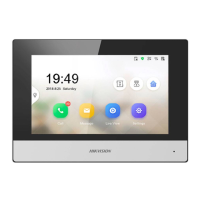





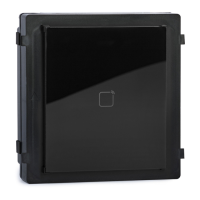
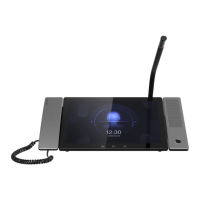
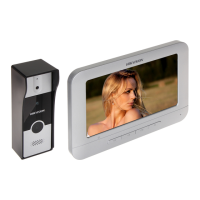
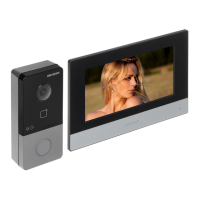
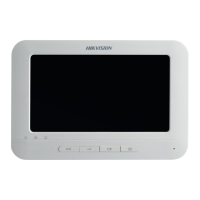
